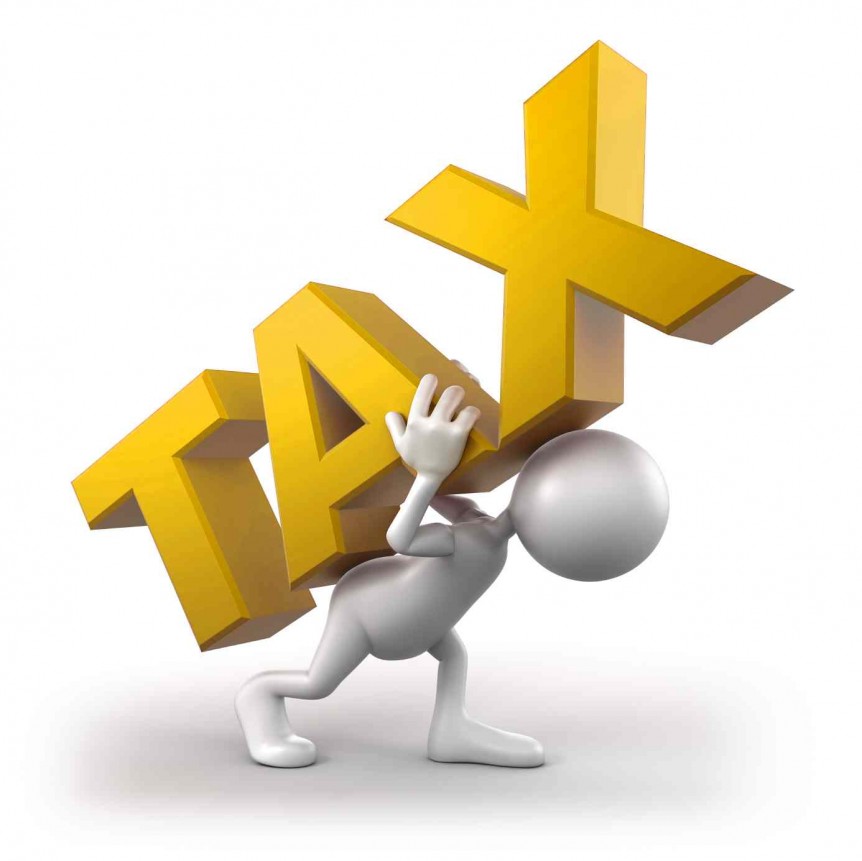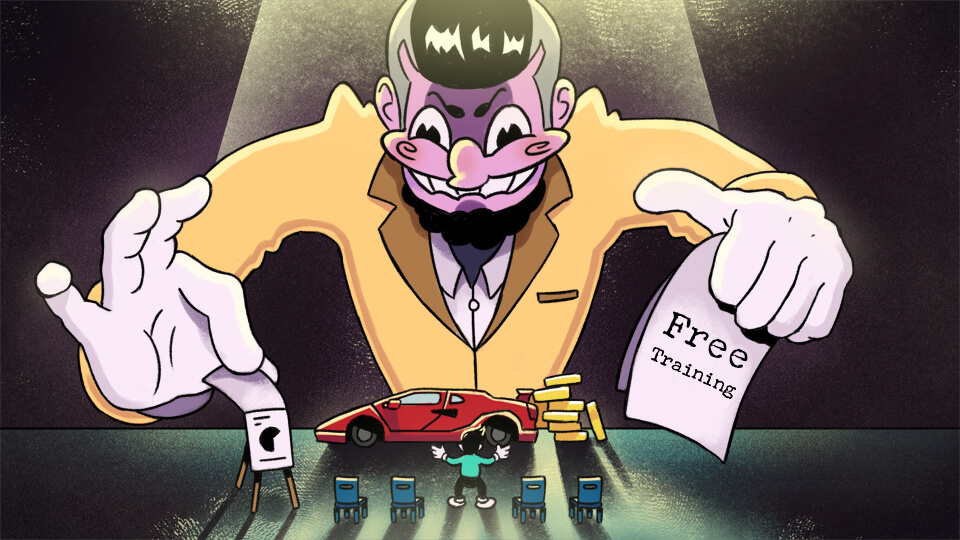Meet Anna, Bob, and Carol
Anna is a hardworking mother who manages a small bakery called “Anna’s Sweet Treats”. Bob runs a cozy bookstore next door named “Bob’s Book Nook”. Carol, their landlord, owns the building where Anna and Bob have their businesses.
Anna loves books, and Bob has a sweet tooth. Both are patrons of each other’s shops, and both pay rent to Carol.
The Initial Transaction: Anna Buys a Book
One fine day, Anna decides to spend $100 at Bob’s bookstore. The 19% VAT on her purchase equals $15.97, which means Anna actually takes home $84.03 worth of books. Bob receives the $100 but has to remit $15.97 to the government, leaving him with $84.03.
The Chain Reaction: Bob Buys a Cake
Bob decides to buy a cake from Anna’s bakery for $81. Again, a 19% VAT applies, costing $12.93 . The bakery ends up with $68.07. Anna remits $12.93 in VAT to the government.
Employment Taxes: The Invisible Burden
Anna employs two bakers. For simplicity, let’s say she pays them $10 per sale in total. However, the 40% employment tax on this amount adds another $4 to her expenses, which she has to pay to the government.
Corporate Taxes: The Final Blow
At the end of the year, Anna’s bakery makes a small profit. She is liable for a 1% corporate tax on gross revenue and 16% on profits. Let’s assume she has to pay an additional $10 here.
The Landlord: Carol’s Turn
Carol, who receives rent from Anna and Bob, decides to buy $68.07 worth of books from Bob’s bookstore. After a 19% VAT ($10.87), she ends up with $57.2 worth of books. Bob sends the $10.87 in VAT to the government.
The Full Circle: Carol Buys a Cake
Carol then decides to buy a cake from Anna’s bakery for $57.2 . After the 19% VAT, which is $9.13, she is left with $48.07 worth of cake, and Anna has to remit $9.13 to the government.
Crunching the Numbers
In these transactions, the government collected:
- $15.97 (Anna’s initial purchase)
- $12.93 (Bob’s purchase)
- $4 (employment tax from Anna)
- $10 (corporate tax from Anna)
- $10.87 (Carol’s book purchase)
- $9.13 (Carol’s cake purchase)
That totals $62.9 in taxes.
The Bottom Line: Who Bears the Brunt?
If you’ve been following the math, you’ll notice that nearly the entire initial $100 has been taxed, leaving just $37.1 untouched in just 4 transactions. And who bore the majority of these taxes? Anna and Bob, the regular people running small businesses. Even as they patronized each other’s establishments, the invisible hand of taxation was taking away their hard-earned money, one transaction at a time.
The Takeaway
Taxes are necessary for a functioning society, but it’s crucial to recognize how quickly they can erode our money, especially for the working class. The next time you think about shopping, remember that a significant portion of your money goes to various forms of taxation, directly or indirectly. It’s a cycle that affects us all, particularly those who can least afford it.
Disclaimer
Please note that the numbers and scenarios mentioned in this blog are fictitious and simplified for the purpose of illustration. In reality, the financial obligations of running a business are far more complex and often higher. Taxes are just one part of a multifaceted financial landscape that includes other expenses such as utilities, insurance, and operational costs. Therefore, the actual rate at which money gets taxed could be much quicker when considering the complete picture.




